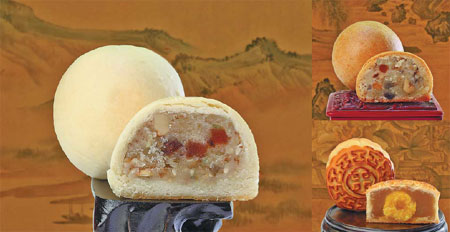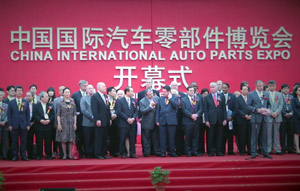A simple but pure festival tradition
Updated: 2013-09-19 07:48
By Ye Jun (China Daily)
|
||||||||
Although bakery products have changed through the years, some of the most popular recipes remain the original ones, Ye Jun reports.
Like any classic food, the Chinese moon cake has seen a lot of changes over time. But sometimes, traditional styles are still the most popular.
Beijinger Wang Junjie still likes the taste of zilaihong, a Beijing-style moon cake.
"When I was a kid, my family was so poor. We yearned for holidays such as the Mid-Autumn Festival, so that we could eat mooncakes," says the 55-year-old. "But now mooncakes are available year-round. It is like a holiday every day, so I no longer feel that special yearning."
Beijing's traditional mooncakes are zilaihong and zilaibai. The handmade, hard-crust mooncakes are made up of rock sugar, walnut kernels, pumpkin seeds and qinghongsi, candied tangerine peel slices. Zilaihong uses red sugar in the dough, while zilaibai uses white sugar. The taste is simple but pure.
Wang is a Chinese executive pastry chef at Summer Palace Chinese restaurant, China World Hotel. Under his supervision, the hotel produces 12 different moon cake gift boxes, with more than 30 flavors.
These boxes contain the most popular styles of mooncakes: Beijing, Su (Suzhou), Cantonese and Yunnan. They each have their own unique ingredients and combinations.
For example, Cantonese-style mooncakes typically use red lotus paste, white lotus paste and mashed bean stuffing. Mashed jujube is mostly Beijing style. Yunnan-style mooncakes use ham and rock sugar.
But over time, styles have changed, and people cannot always distinguish mooncakes by region.
"For instance, everybody uses five nuts for stuffing, no matter where they live," chef Wang says.
There are different stories about the origin of mooncakes, which are believed to be around 1,000 years old. The moon cake was an offering to the god of the moon, and for the Chinese the round shape means "reunion".
Lin Huoxiong, director of research and development with Imperial Palace Cantonese Restaurant, says Cantonese people always eat mooncakes with tea.
"It is usually paired with chrysanthemum, pu'er or tieguanyin (a Fujian oolong)," he says.
His restaurant, which opened in Beijing in 2002, makes both Cantonese-style mooncakes and a Chaozhou-style crispy crust moon cake adapted from a popular turnip crispy cake.
While Cantonese mooncakes are softer than Beijing zilaihong, Chaozhou-style mooncakes are crispy and soft. The Imperial Palace restaurant's handmade Chaozhou-style crispy mooncakes have become very popular and widely copied.
As a Hakka, Lin says his childhood favorite is moon cake with double egg yolk. Brand names such as Guangzhou Restaurant and Lianxianglou are famous for their moon cake production and half-processed products such as lotus paste.
He Xuehuan, executive chef with In & Out Yunnan Restaurant, is a member of the Naxi ethnic group. His family still offers mooncakes to the moon during the Mid-Autumn Festival.
Yunnan mooncakes are becoming more popular in Beijing, as an alternative to Cantonese and Suzhou-style cakes. He's restaurant offers two most popular styles: Yunnan ham with sugar and pine nut, and rose jam mooncakes.
"The ham is salty, a good contrast to the sweetness of granulated sugar. Pine nut and honey makes the taste and aroma even better," He says.
Yunnan produces a large number of fresh edible flowers. Rose and jasmine are the two most commonly used flowers in mooncakes.
Wang Junjie says Cantonese style-mooncakes came to Beijing in 1988. The style uses syrup, oil to make the dough and a mold to shape it and make beautiful patterns. The soft mooncakes have quickly become a hit in the capital.
Crispy Suzhou-style mooncakes from Jiangsu province entered the Beijing market around 2000. Since then, all kinds of styles of mooncakes have come to the capital.
Chefs are now using Western ingredients and cooking methods to make mooncakes. China World Hotel makes a charcoal-baked moon cake with truffle and bacon stuffing. The hotel's Sweet Spot dessert shops make a moon cake mousse.
Over the years, people's tastes have changed, and because people now eat more meat and oil, they prefer less sugar in mooncakes. "To cater to people's tastes, there are now more and more low-sugar mooncakes, and cakes made with natural ingredients such as coarse food grain," Wang says.
Sending mooncakes as a gift for Mid-Autumn Festival has become a popular trend in the last few years. Some even attribute the worse-than-usual traffic jams before the festival to people rushing to mail mooncakes. Mooncakes are often over-packaged, sometimes to the extent that people wonder whether the packaging costs more than the cakes.
This year, the Chinese central government banned government officials from using public funds to ship mooncakes. Chef Wang Junjie says he expects mooncakes to be cheaper, and more similar to how they used to taste. He says the classic combinations - mashed bean, mashed jujube, lotus paste and five nuts - still taste the best.
"If they are too luxurious, it loses the meaning of a festival," he says. "After all, it is still the old tastes people like best."
Contact the writer at yejun@chinadaily.com.cn.
|
Clockwise from above left: The zilaibai and zilaihong mooncakes, and Cantonese egg yolk with white lotus paste mooncakes, made by China World Hotel in Beijing. Photos provided to China Daily |
(China Daily USA 09/19/2013 page4)
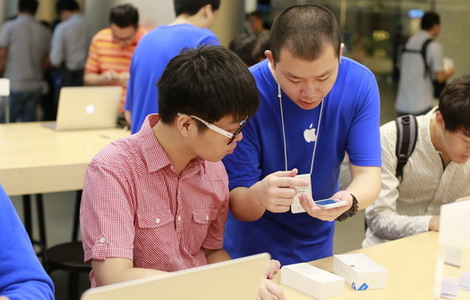
 iPhone 5s, iPhone 5c hit Chinese market
iPhone 5s, iPhone 5c hit Chinese market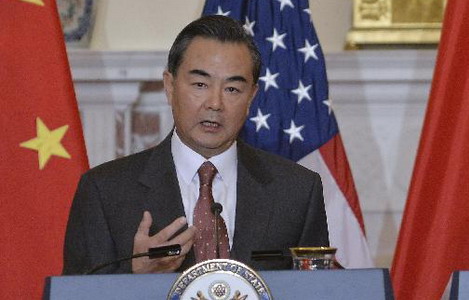
 China to play 'constructive' role on Syria: FM
China to play 'constructive' role on Syria: FM
 iPhone 5s, iPhone 5c hit Chinese market
iPhone 5s, iPhone 5c hit Chinese market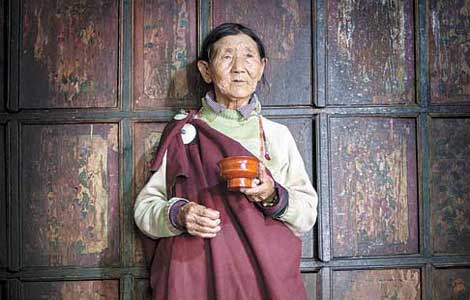
 Faces of Tibet
Faces of Tibet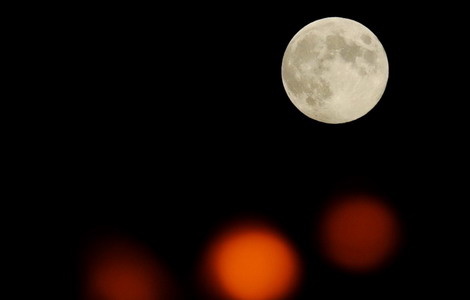
 Full moon across China
Full moon across China
 Wearable technology, the new game-changer
Wearable technology, the new game-changer
 Tapestry of Chinese culture and a Harvard teen's feeling
Tapestry of Chinese culture and a Harvard teen's feeling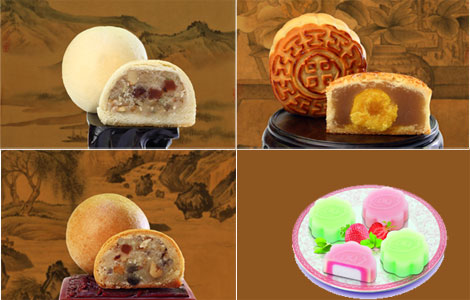
 A simple but pure festival tradition
A simple but pure festival tradition
Most Viewed
Editor's Picks

|

|

|

|

|

|
Today's Top News
UN lauds China on food waste efforts
Chinese firms face trust deficit
13 injured in Chicago park shooting
Wang and Kerry meet in DC
Belgian zoo owner set to host Chinese pandas
Trending news across China
Fast-track process sees more NGOs
Beijing sends out positive smoke signals
US Weekly

|

|
